Designing the Economy of my Financial Education Indie Game — Devlog #11
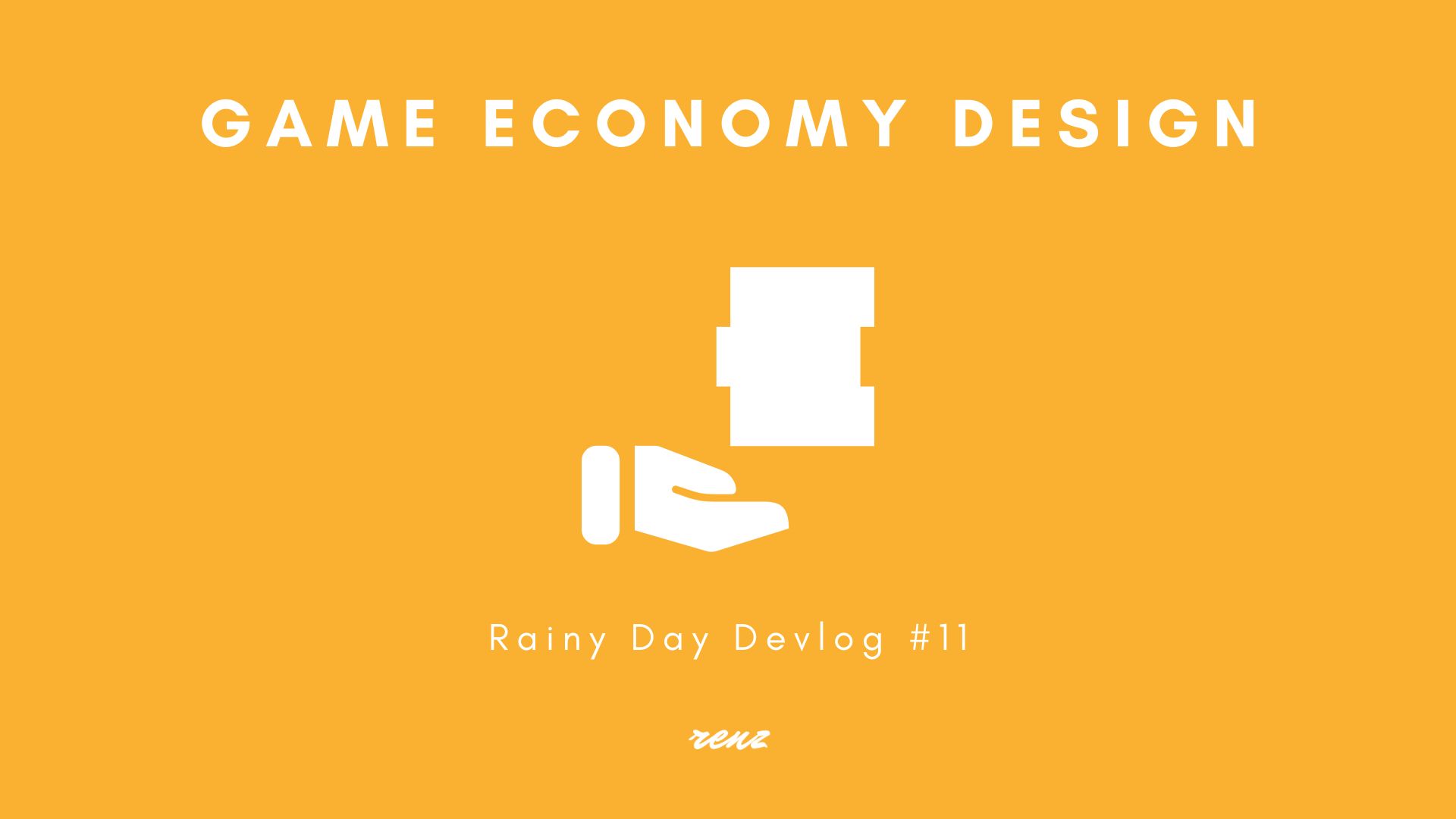
The early access for my financial education game called Rainy Day where players “work” for their money, spend those in-game money, save them, invest them, manage them, and all these features, but the game economy just plain sucked. The pacing was slow and started off feeling like a grind.
So, I revisited GMTK’s crash course for designing game economies and put some thought into the basic entities in the economy of my game.
Entity 1: The Tap
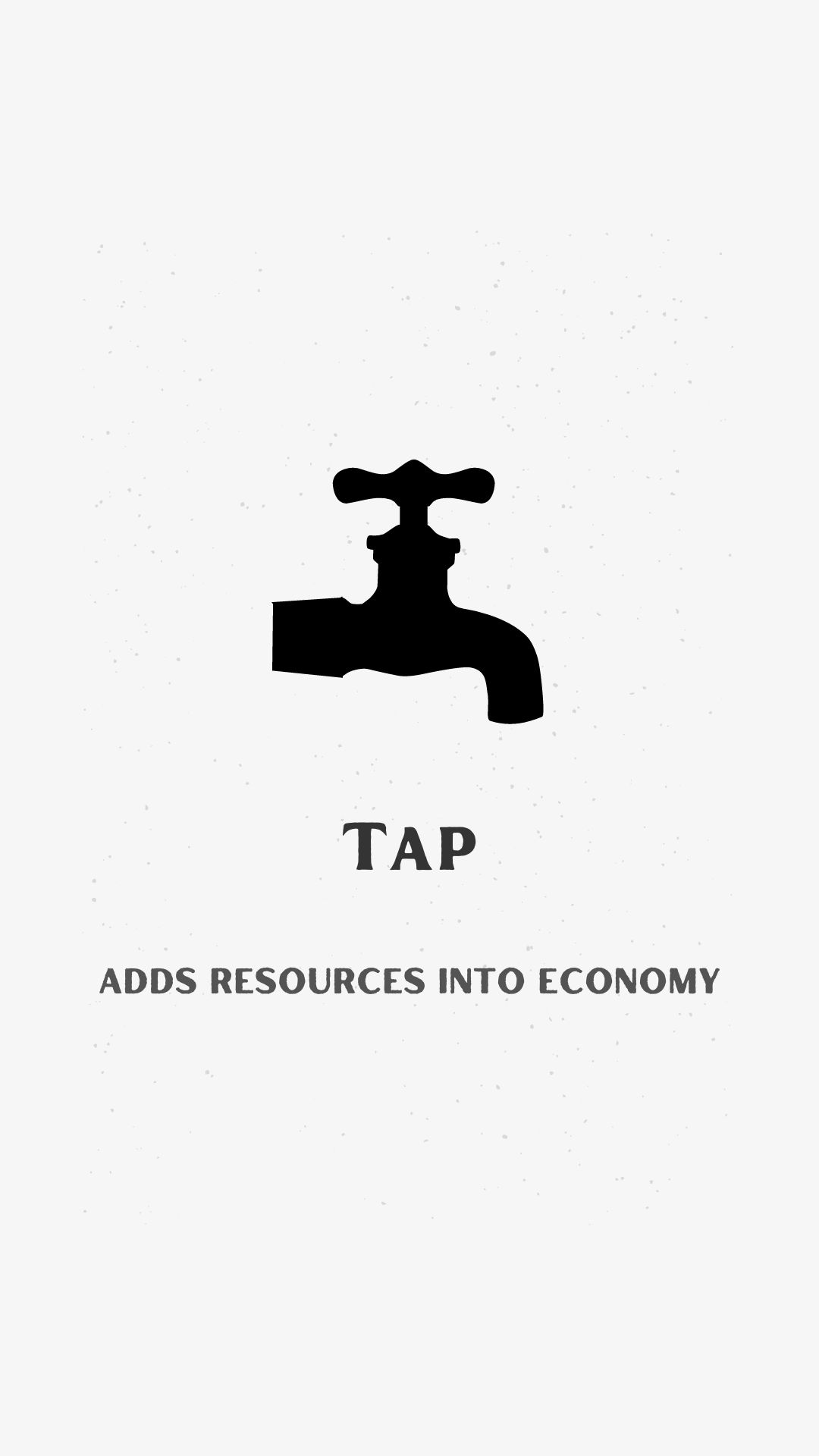 First, there is the Tap. These are what adds resources into the economy and is used to incentivize player behaviour.
First, there is the Tap. These are what adds resources into the economy and is used to incentivize player behaviour.
In my game, it’s quite literally the money players stack per gameplay round and these rounds have a total cap for the amount of money players can earn.
Since the play time of these rounds are limited daily, my design hopes to incentivize players to earn as much as they can each round as the potential money to be earned and the round itself is limited resource.
Entity 2: The Inventory
 With the money players have, they then put them into the next entity, the inventory, which in the case of my game is just a simple money wallet that equates to a total point counter used for the leaderboard and the next entity.
With the money players have, they then put them into the next entity, the inventory, which in the case of my game is just a simple money wallet that equates to a total point counter used for the leaderboard and the next entity.
Entity 3: The Converter
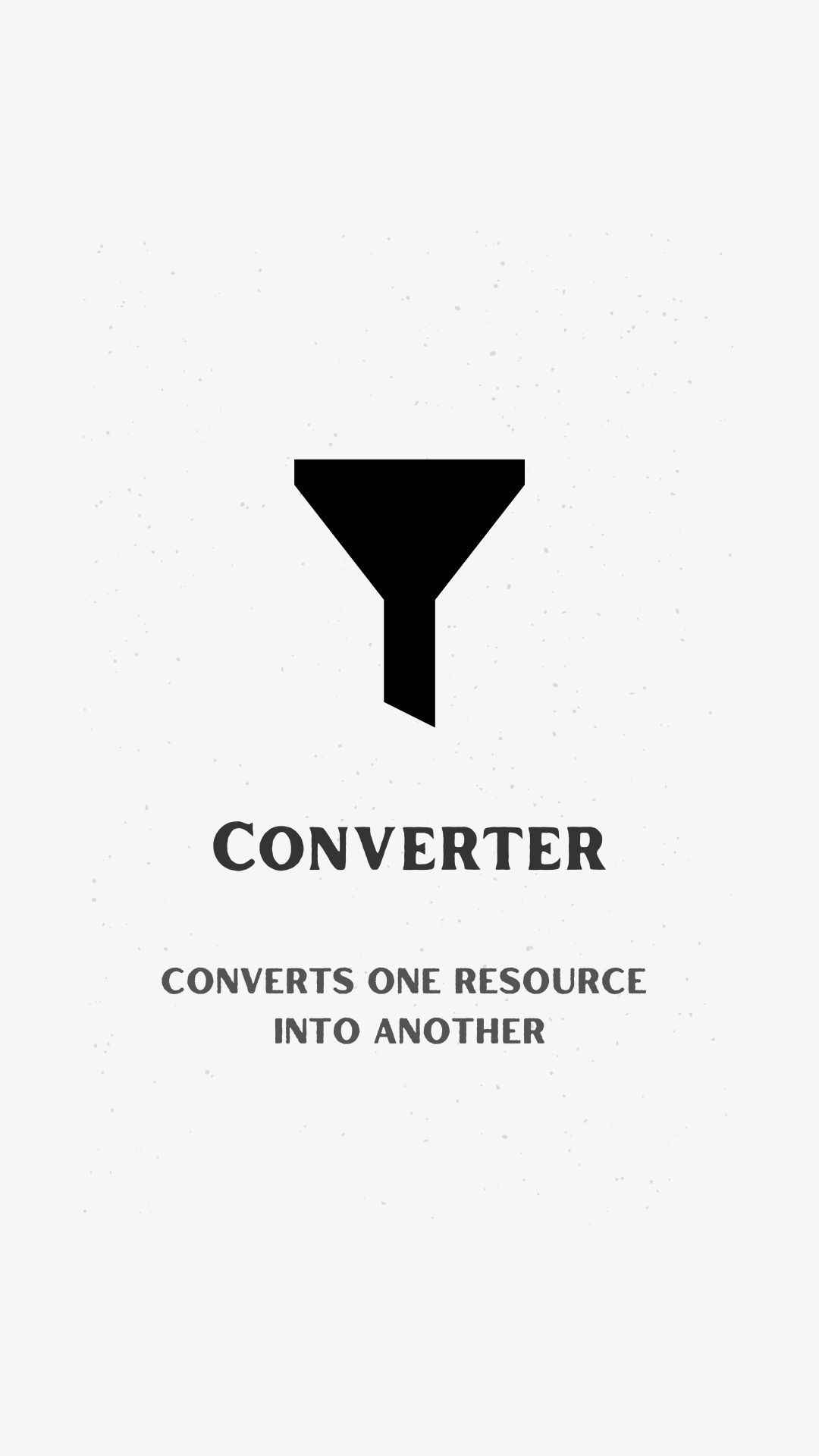
The next entity is the Converter. These convert one resource into another. Like players spending money in my game to better their chances at earning a 100% of the amount for each round, increase the base total cap per round, and or to change the background colour of the game.
Now, the cost for anything in the game is based off of the first four rounds given to the player for the day, being able to earn at least half of the total cap for each of those rounds, and the total cap increase that happens from a Time Value upgrade, more on this upgrade in a bit.
Given that players can earn up to 80 per round, that is 40 earned each round multiplied by 4, because they get 4 rounds per day, which equals to 160 (40x4).
And with my game being a financial education game, I used this number to casually encourage players to maybe start an emergency fund by making it accessible first out of all the upgrades.
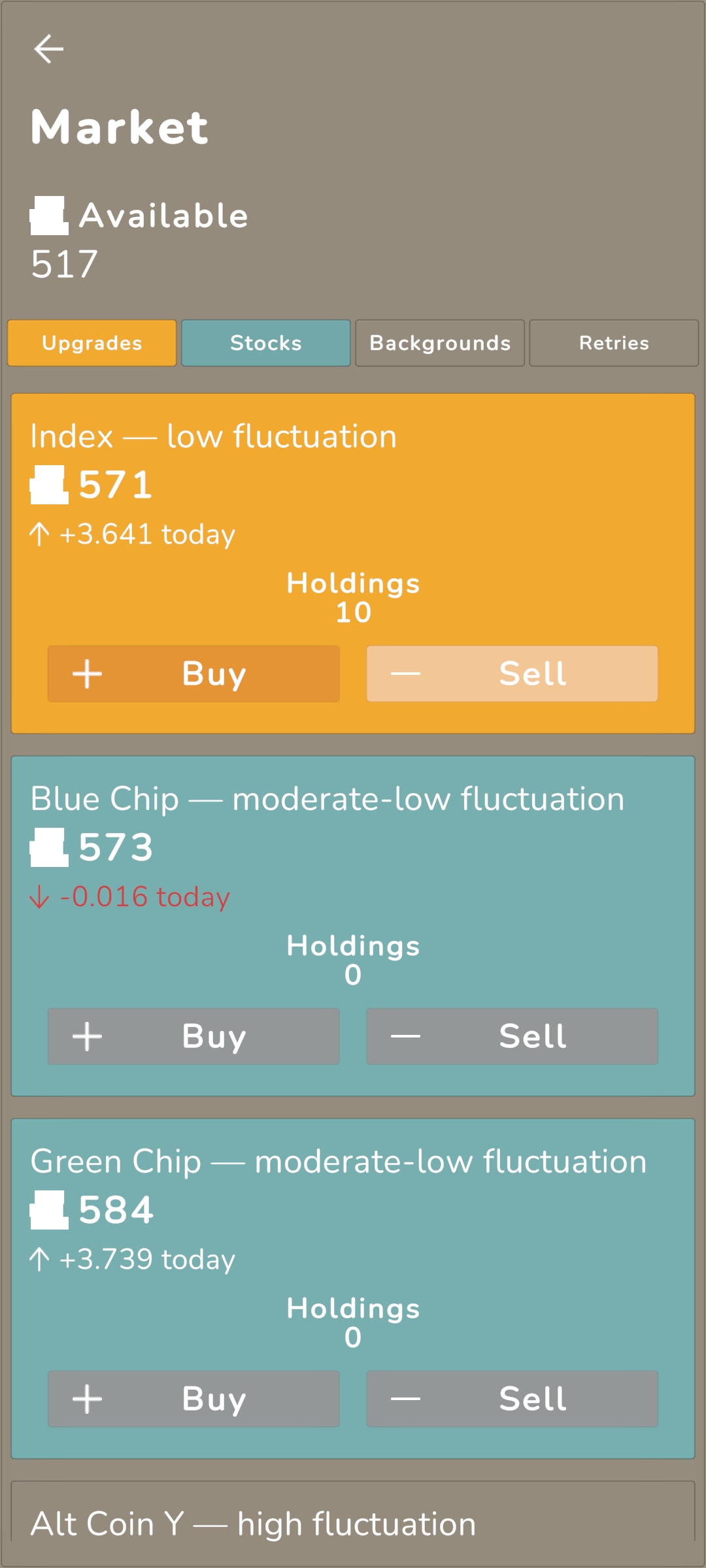
Visually, it’s also placed higher than anything else that can be upgraded. It’s not the right play so to speak, but its the safe way to play. Like how we should save our money in real life every chance we get. We don’t need a reason to save.
Anyway, upgrading one thing temporarily locks players out of another upgrade which forces players to be smart and intentional about their purchase.
The Multiplier is the second accessible upgrade designed for players to get on a positive feedback loop as soon as possible. It doesn’t make the game any more fun, but the feeling of reaching the total cap per round with much more ease gives a sort of high.
To balance the pace of the game back, the Time Value upgrade exist to increase the max total cap of a round, making it a little more challenging to earn everything a round has to offer again, essentially causing a negative feedback loop. This upgrade also has one level upgrade higher than the Multiplier to prevent my game from riding onto too much of the high gained from a Multiplier upgrade in the later stages of the game.
Entity 4: The Drain

The next game economic entity is the Drain. It is the complete opposite of the Tap and permanently removes resources from the economy. In my game, these are the Spendings, a representation of bills or taxes to be paid in real life, that are due for payment every 8 rounds of gameplay.
It forces players to get on an act, further reinforce the value of making the most out of a round, and hone their ability to manage finances. It also teaches financial literacy in another way by adding a layer of risk for players to get into a negative balance. And with a leaderboard implemented, this is something they probably rather not happen.
Entity 5: The Trader
 The last entity is the Trader. They have their own inventory and resources for making transactions based on their own desires and rules. In my game, the Trader entity is basically a miniature stock market. Players can invest into stocks that can get them into a negative or positive feedback loop depending on the stock they invest on. It gives a sense of risk and reward in the game, encourages more decision making, and the late game a little bit more interesting.
The last entity is the Trader. They have their own inventory and resources for making transactions based on their own desires and rules. In my game, the Trader entity is basically a miniature stock market. Players can invest into stocks that can get them into a negative or positive feedback loop depending on the stock they invest on. It gives a sense of risk and reward in the game, encourages more decision making, and the late game a little bit more interesting.

The beta version of Rainy Day did not have this much thought put onto its economy and I’m thankful for the playtesters that gave it attention for me to fix it. Designing game economies are complicated to get right, but my game’s economy is for sure better than it was now.
Players actually have a chance to engage and access more of the game has to offer in their first day of playing the game.

Again, I can’t thank the playtesters enough for their time and the very generous supporters of my work.
Love,
Renz
Rainy Day
A Casual Financial Education Game
| Status | Released |
| Author | RENZ |
| Genre | Educational, Simulation |
| Tags | 3D, Casual, High Score, Idle, Lo-fi, Low-poly, Unity |
| Languages | German, English, Spanish; Castilian, French, Italian, Japanese, Korean, Polish, Portuguese (Portugal), Chinese (Simplified) |
| Accessibility | Interactive tutorial, One button |
More posts
- Patching the Forecast for Rainy Day Play!Aug 16, 2023
- Did you Know This About Hour Performances in Rainy Day? — Devlog #16May 14, 2023
- Rainy Day is Out Now! — Devlog #15May 09, 2023
- WIP Trailer for my Financial Education Indie Game! — Devlog #14Apr 29, 2023
- Adding an "On-Call" Feature in my Financial Education Indie Game! —Devlog #13Apr 28, 2023
- How the Miniature Stock Market Works in my Financial Education Indie Game — De...Apr 26, 2023
- My Second Indie Game is in Beta! — Devlog #10Apr 02, 2023
- Fresh New UI/UX for an Upcoming Beta! — Devlog #9Jan 01, 2023
- I Can't Do It — Devlog #8Dec 06, 2022
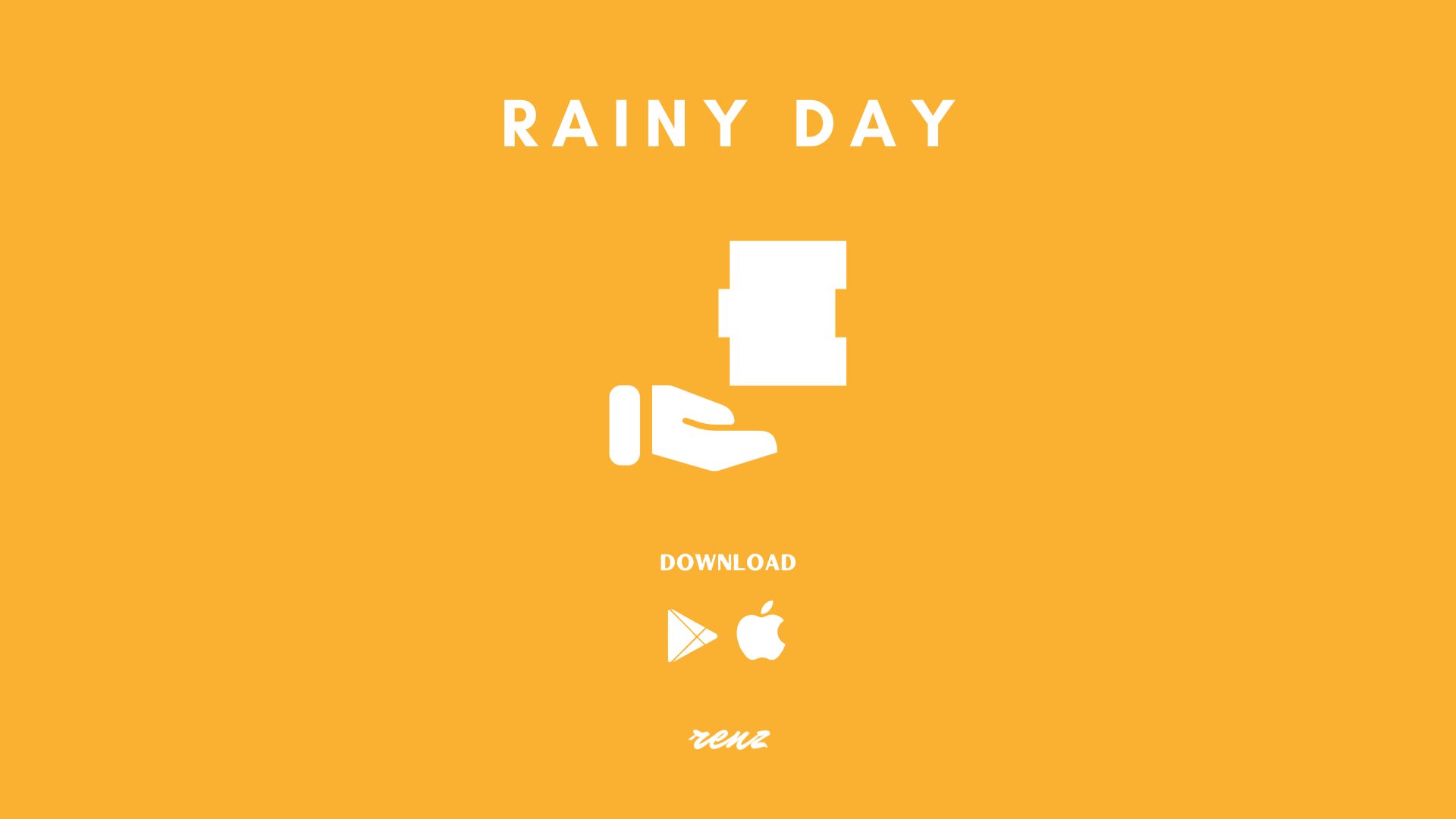
Leave a comment
Log in with itch.io to leave a comment.